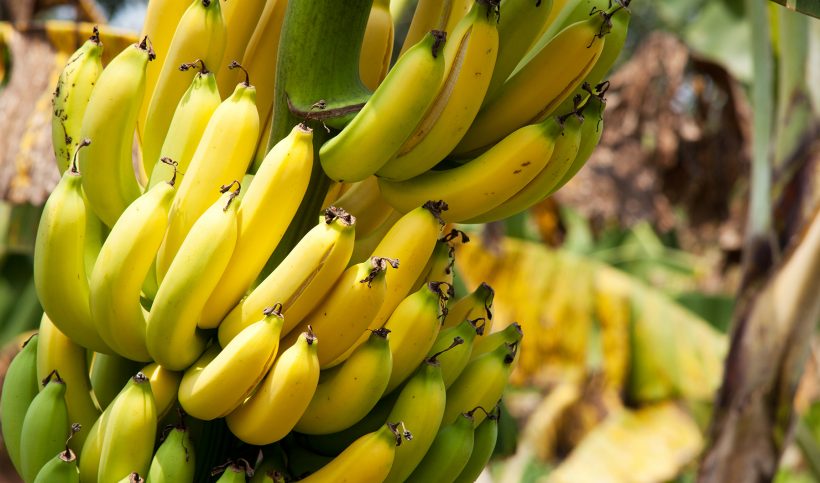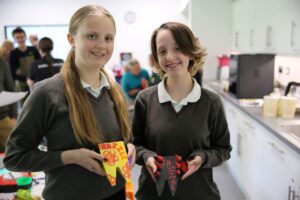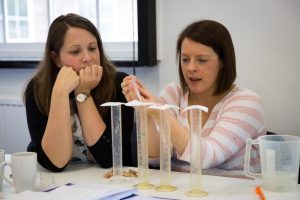Can we save the banana before it splits?
Friday 19th February 2016

 Did you know..
Did you know..
The flavouring in banana sweets is derived from the Big Mike, not the Cavendish
We consume over 100 billion bananas a year
Bananas are clones
Bananas are slightly radioactive as they contain potassium
Bananas grow from plants that are classified as the world’s largest herb
There are more songs written about the banana than any other fruit!
The favourite healthy snack of thousands and the power behind many an athlete, bananas are a popular choice at any time of day, with over 100 billion consumed each year. However, we keep being told nature’s convenient snack is under threat of extinction from a fungus.
Can we really let it fade away into a distant memory or is there anything we can do to help protect it?
From Big Mike to the Cavendish
The banana we know and love today can most certainly be traced back to one plant grown in the Peak District at Chatsworth House – the home to the Duke and Duchess of Devonshire from which the Cavendish banana gets its name (Cavendish is the Devonshire’s family name). In 1830 the head gardener – Joseph Paxton acquired a banana plant imported from Mauritius and proceeded to cultivate it. From Chatsworth the Cavendish was shipped out to more exotic locations such as Samoa, and the Pacific and Canary Islands. However, the Cavendish has not always been the banana we find on our supermarket shelves.
Have you ever tried a banana sweet and wondered why it doesn’t much taste like the fruit it is meant to represent? This is because we are unlikely to have tasted the banana it has come from – the ‘Big Mike’ also known as the Gros Michel. The flavouring in the sweets was created from the Big Mike, and has not been altered when it no longer became our banana of choice. Up until the 1950’s the Big Mike was the most common variety in the UK. However, it was practically wiped out by a fungus – Panama disease – the very same that is threatening the Cavendish today. At the time the Cavendish was immune to the disease so growers began to favour this variety instead.
Over the last sixty years Panama Disease has been quietly evolving into a new strain – one that is now threatening the Cavendish. Due to the way we cultivate bananas there is no genetic diversity, they are all clones of each other and have no immune system. This means the Cavendish is unable to evolve disease resistance. Furthermore, we currently have no effective fungicide to combat the fungus. There is still a little way to go before it is totally wiped out, but we are in a race against time to save the Cavendish and this time we do not have a back-up variety that we can put into place to out manoeuvre the fungus.
The search for the Super-banana
So we have been on the brink of being bananaless before and come back from it. What do the chances look like this time? Our scientific understanding and capabilities have equally developed since the 1950’s so you would think we are better equipped to deal with the epidemic. The most obvious solution is to try and contain the disease, but this is easier said than done as all it would take is one contaminated plant, infected soil or a storm to pass it from plantation to plantation around the world. Another solution is to find a new variety of banana that is resistant to the disease and is genetically diverse or we will face the same problem in another 60 years time, but are we ready for our bananas to contain seeds? Or if we are to keep the Cavendish we need to find a Panama Disease resistant gene that we can insert via genetic engineering.
For all those against genetic engineering – next time you reach for a ripe yellow banana – just think – are you prepared for it being your last or would you rather we try to save it and all those that rely on it economically?





